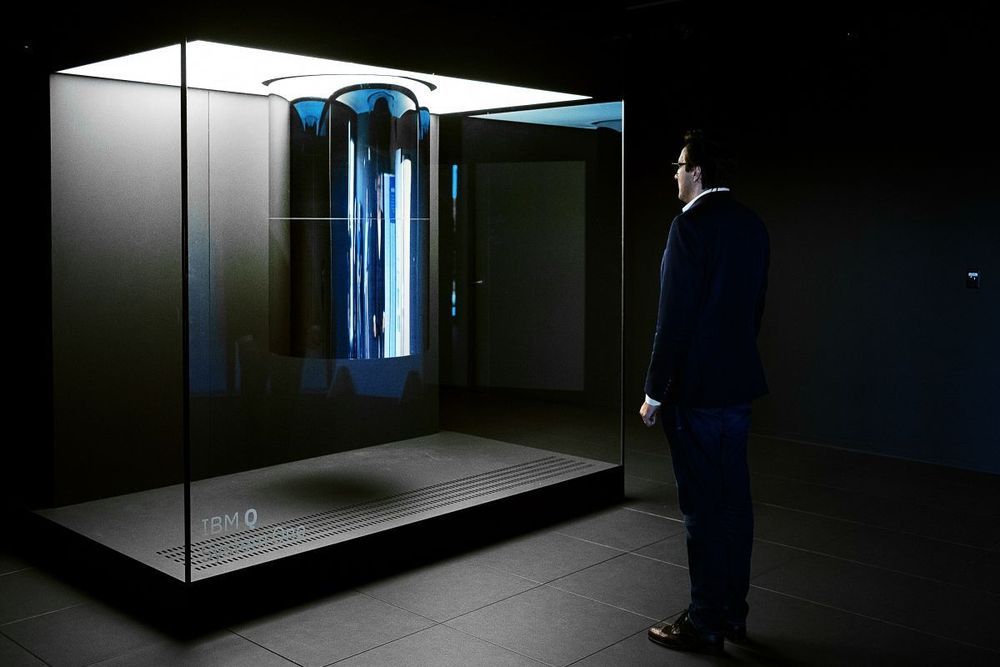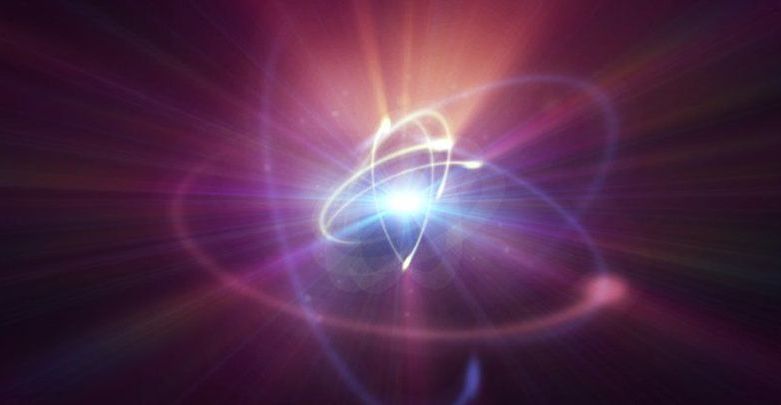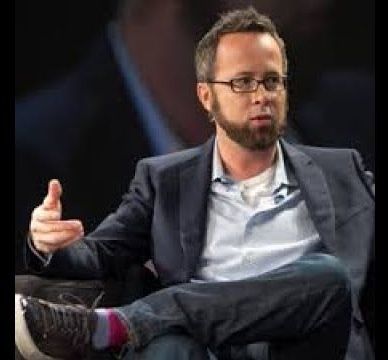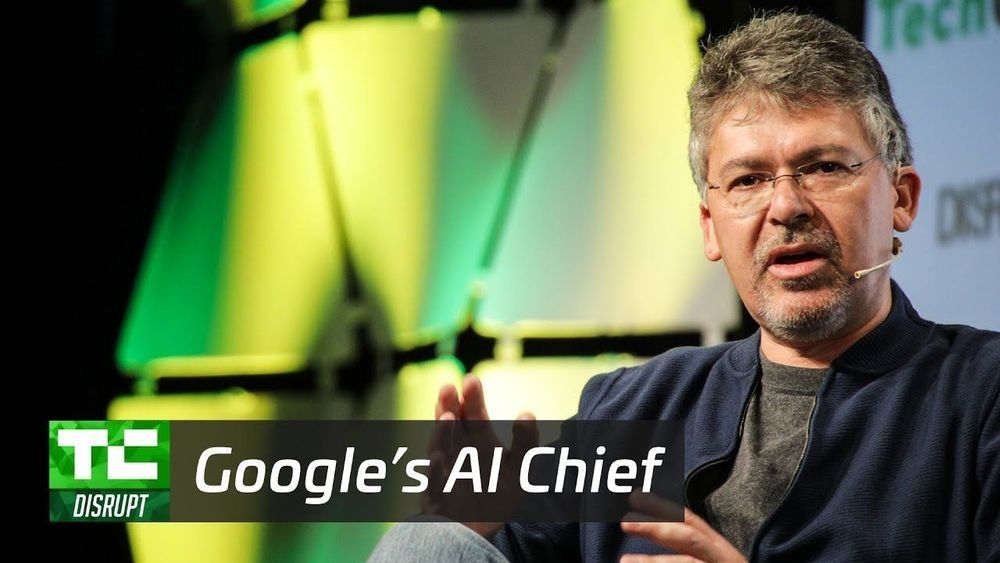
The ability to process qubits is what allows a quantum computer to perform functions a binary computer simply cannot, like computations involving 500-digit numbers. To do so quickly and on demand might allow for highly efficient traffic flow. It could also render current encryption keys mere speedbumps for a computer able to replicate them in an instant. #QuantumComputing
Multiply 1,048,589 by 1,048,601, and you’ll get 1,099,551,473,989. Does this blow your mind? It should, maybe! That 13-digit prime number is the largest-ever prime number to be factored by a quantum computer, one of a series of quantum computing-related breakthroughs (or at least claimed breakthroughs) achieved over the last few months of the decade.
An IBM computer factored this very large prime number about two months after Google announced that it had achieved “quantum supremacy”—a clunky term for the claim, disputed by its rivals including IBM as well as others, that Google has a quantum machine that performed some math normal computers simply cannot.
Continue reading “The ‘Quantum Computing’ Decade Is Coming—Here’s Why You Should Care” »















